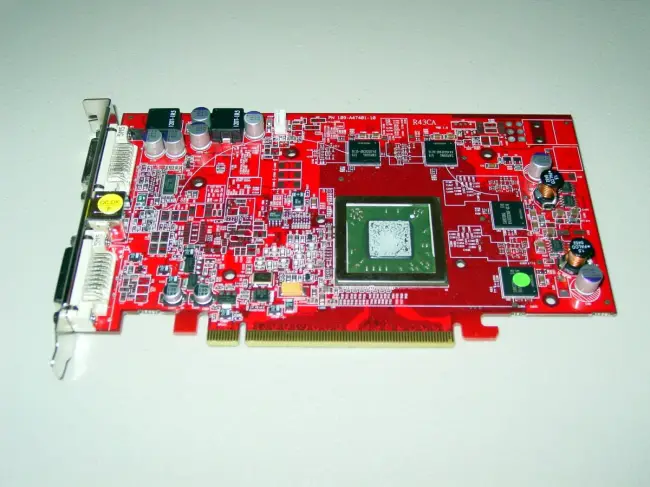AMD released the R300-based Radeon 9700/9700 Pro in 2002, setting a number of first records and putting great pressure on Nvidia in the consumer market. This is the first graphics card that supports DirectX 9.0; it uses a 0.15 micron process and integrates 110 million transistors, making it the first display chip with more than 100 million transistors. In addition, it is also the first graphics card with a memory bit width of 256 bits. However, this graphics card has recently received a driver update. According to Phoronix reports, AMD’s R300, R400, and R500 series graphics cards have recently received new Linux drivers, injecting new vitality into these old graphics cards.

Developers in the
Linux community let these graphics cards request the NIR shader from the state tracker of the Mesa 3D graphics library, and use the path from NIR to TGSI to reduce the workload of the GPU in 3D rendering. Through various optimization measures, after using the new driver, the game performance of R300, R400, and R500 series graphics cards have been further improved. It is understood that due to the more restrictions on the hardware of R300 and R400 series graphics cards, part of the optimization work may be limited to R500 series graphics cards, which is still under discussion.
The R400 series was launched in 2004. The high-end R430 uses a 0.11-micron low-K manufacturing process, has a native PCIe interface, and has 160 million transistors. Compared with the R300 series, the architecture has not changed much. The R500 series was released in 2005. The top R580 uses a 90-nanometer manufacturing process, supports SM 3.0, CrossFire dual-card interconnection, and Avivo video acceleration. The overall architecture has undergone major changes.






